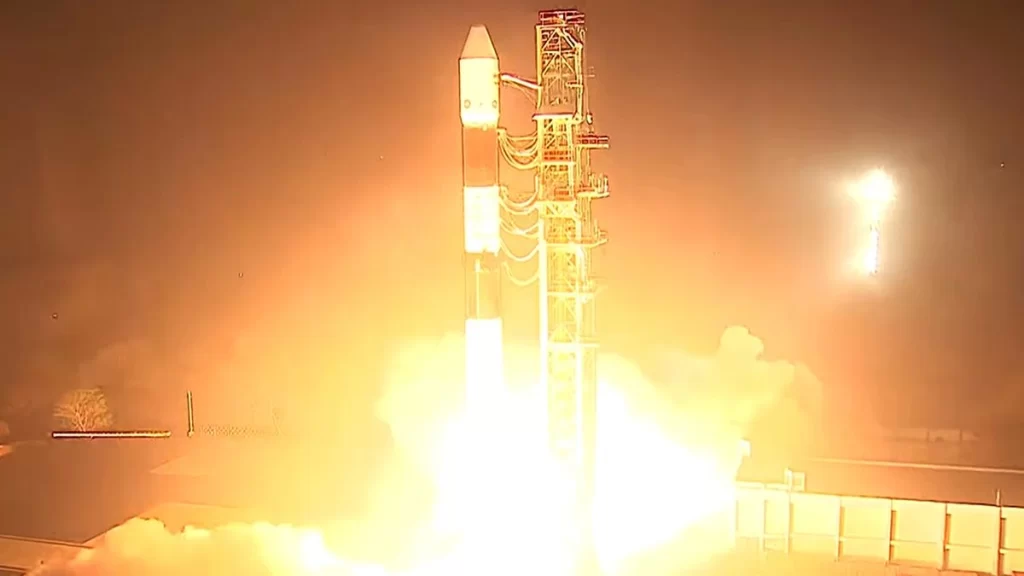The Indian Space Research Organisation (ISRO) has made history with the successful launch of its Space Docking Experiment (SpaDeX) mission, a cutting-edge demonstration of spacecraft docking and undocking technology, solidifying India’s position among an elite group of spacefaring nations.
The Polar Satellite Launch Vehicle (PSLV-C60) roared into the sky at 10 p.m. on December 30, 2024, from the Satish Dhawan Space Centre, carrying two SpaDeX satellites, SDX01 (Chaser) and SDX02 (Target), along with 24 additional payloads, showcasing India’s growing prowess in innovative space technology.
The SpaDeX mission aims to validate key technologies essential for spacecraft rendezvous, docking, and undocking—a domain mastered by only a select few nations.
Approximately 15 minutes after launch, the two 220-kg satellites were placed in a 475-km circular orbit with pinpoint accuracy. ISRO’s PSLV vehicle demonstrated exceptional precision, setting the stage for the satellites to begin their incremental journey toward docking.
“The spacecraft’s solar panels have been deployed successfully, and the satellites have initiated their planned orbital maneuvers,” said ISRO Chairman S. Somanath. “The docking process is expected to commence by January 7, marking a crucial milestone for India’s futuristic space ambitions.”
SpaDeX is a cornerstone for India’s aspirations in advanced space exploration. Mastery of docking technology is critical for:
- Future human spaceflight missions, including landing an Indian astronaut on the Moon.
- Sample return missions from celestial bodies like the Moon or Mars.
- Building and operating the Indian Space Station, envisioned as a sustainable outpost in orbit.
ISRO detailed the spacecraft’s docking strategy, emphasizing the incremental buildup of inter-satellite separation. By introducing and compensating for small relative velocities, the Target and Chaser spacecraft will transition through key phases, including Far Rendezvous (20 km apart) and progressively closer approaches until docking occurs.
This meticulous process ensures precision and safety, with relative distances decreasing from 5 km to just 3 meters before the spacecraft connect.
The SpaDeX mission is accompanied by 24 cutting-edge payloads onboard the PSLV-C60’s Orbital Experiment Module (POEM-4), underscoring ISRO’s commitment to fostering innovation in space exploration.
U R Rao Satellite Centre Director M. Sankaran announced that docking is anticipated between January 7 and 10, marking a bold stride in India’s space capabilities.
sThe successful launch has drawn praise from leaders and experts, recognizing ISRO’s ability to push technological boundaries. The SpaDeX mission is a testament to India’s growing leadership in space science and exploration, inspiring the next generation of scientists and engineers.
As ISRO continues to pioneer advancements in space technology, the SpaDeX mission stands as a historic achievement, heralding a new era of innovation and ambition for India’s space program.





